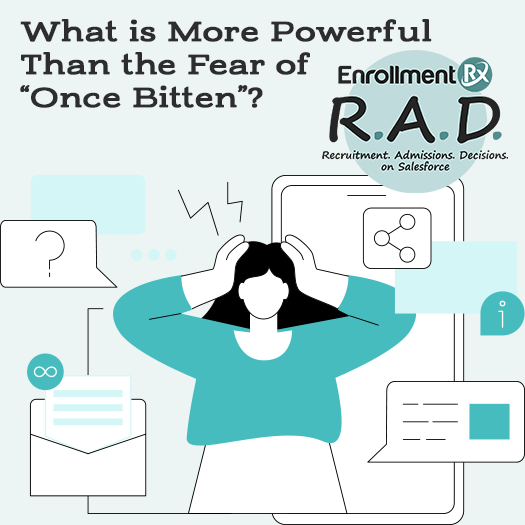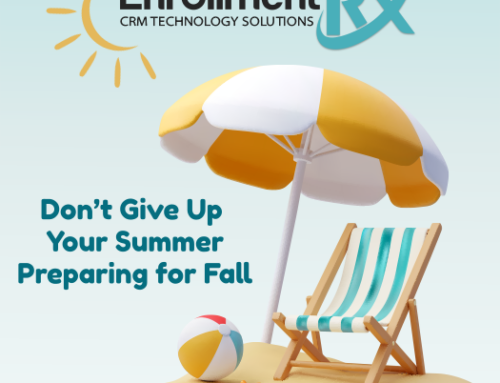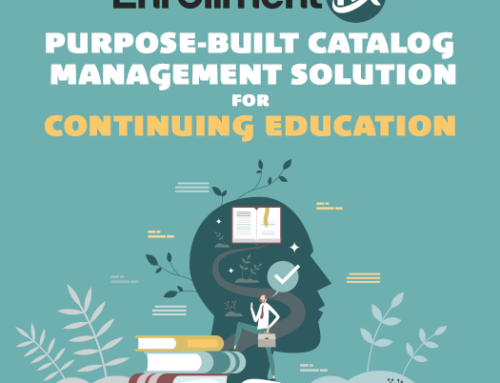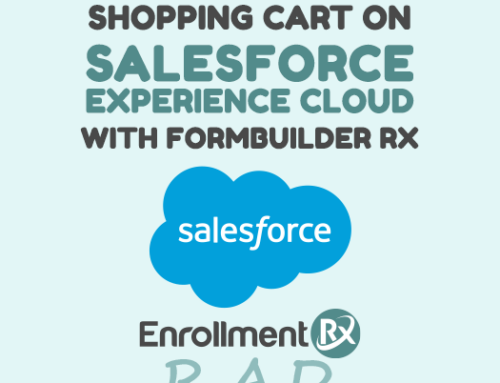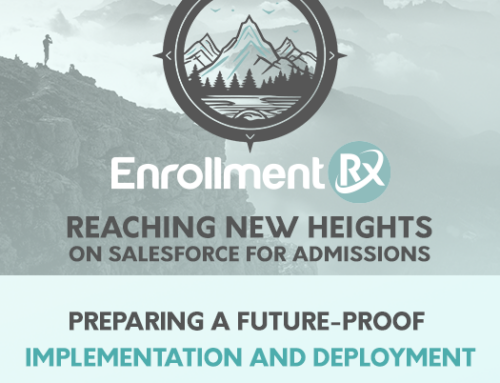People who sell used cars for a living are often maligned as stereotypical examples of the type of salesperson who should not be easily trusted. History is filled with tales of woe, where unassuming buyers were swindled into purchasing junkers for too much money. That is why buyers of used cars are warned to be on high alert, lest a salesperson shows you a bright and shiny chassis, but under the hood, the car is a lemon.
After working in software sales for over 15 years, I can report that it is common for buyers to be equally skeptical, as too many were sold a heap of enterprise software promises in the past that never actually came to fruition. I’m sure many readers can relate to the experience of sitting through a seemingly impressive demonstration of a software solution, only to find out that the level of effort to replicate, maintain, and support a similar experience with the software was not included in the price. Even worse, sometimes they find out that the sales demonstration was an optimistic depiction of what might be possible with the software someday. Still, the displayed functionality only currently exists as a concept that has yet to be developed or tested in real-world environments. This is commonly known as vaporware.
The higher education admissions software space is not immune to this situation, and the unfortunate result is that many colleges and universities find themselves tired of unmet software promises. In our experience, potential clients are on high alert as they have been bitten before by insincere sales demonstrations. The fear of “once bitten, twice shy” often remains a lurking obstacle that needs to be thoroughly addressed before any client decides to move forward with Enrollment Rx as a new software vendor.
To alleviate these post-traumatic concerns, our company always presents a transparent explanation of our generally available software tools. We focus on clearly defined deliverables in our implementation scope of work to ensure a successful deployment of our solutions that fully meet client expectations. More importantly, we provide references from similar-sized institutions that have completed similar higher education admissions software projects with similar resources, time, and budget.
However, the fear of being bitten twice is not the most significant influencer in software sales. Ironically, an even more powerful fear is FOMO, or the fear of missing out, which is why the vicious circle continues to repeat. While the buyers are indeed skeptical of false promises, even the most hesitant can still be dazzled by impressive pre-built demonstrations, coupled with promises of future roadmap items that seemingly represent a vendor’s commitment to their industry. Vendors acknowledge that much of the presented functionality is yet to come. At the same time, they instill a degree of fear in the client that they could miss out on future functionality if they do not strategize to adopt their seminal building blocks immediately. This is the tactic of FOMO, and it has a strong pull on the human condition.
Despite previous lessons learned and repeated warnings to only make buying decisions based on functionality that is actually available, the fear of potentially not being able to use future functionality looms overwhelming. The result is that too many organizations choose to roll the dice on projects that inevitably require untold implementation resources and unproven promises of future roadmap items, which may or may not be developed. Incidentally, others sometimes adopt a wait-and-see approach, meaning that they typically choose to do nothing in the interim. We software salespeople call this syndrome “analysis paralysis” in the lunchroom.
At Enrollment Rx, we do things differently in higher education admissions software. We only demonstrate functionality that is generally available. More than that, we would like to emphasize that our entire demonstration could be replicated and configured by one trained administrator who does not need to be a software engineer. While our clients often maintain more than one administrative user on their staff, including operational and technical personnel, Enrollment Rx’s higher education admissions software tools are designed to be composable to empower non-technical administrators to largely control the system. If we disclose future roadmap items before they are released, we typically only describe functionality scheduled for the next version upgrade. This means it has already been developed and is in final testing before being made generally available in the upcoming weeks.
Most importantly, we have a proven track record of delivering meaningful and material upgrades to our technology as our clients and the market demand. We develop enterprise higher education admissions software that will never be finished, and Enrollment Rx is committed to continuously delivering new releases of our products to ensure future-proof capabilities. After 16 years in our industry, we are confident that our current products provide the most cutting-edge CRM technology for recruitment and admissions in higher education.
Learn more about how Enrollment Rx can help you deliver stellar service to your students and improve your recruitment and admissions efforts with a ready-to-use CRM system for institutions like yours. Please contact us to schedule a live product demonstration today.
